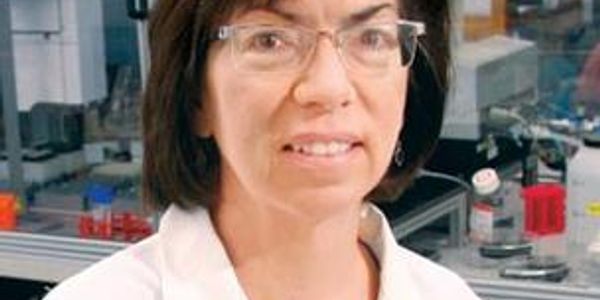Human development
Human development describes the stages of human life. Human development consists of 5 stages. Infancy (up to one year), toddler (age 1 - 5), childhood (age 3 - 11), adolescence (age 12 - 18), and adulthood. The study of human development aims to understand how people grow, develop, and change throughout their life.
-
MAR 20, 2014 | 1:00 PMUsing high throughput next-generation sequencing to simultaneously search large number of genes for pathogenic mutations has numerous advantages. It decreases the pressure to narrow the dif...MAR 20, 2014 | 9:00 AMThe Brain Research through Advancing Innovative Neurotechnologies (BRAIN) Initiative is part of a new Presidential focus aimed at revolutionizing our understanding of the human brain. By acce...Speaker: Story Landis, PhD, Thomas R. Insel, MD, Justin Sanchez, PhD, John C. WingfieldPresented at: Neuroscience Virtual Event Series 2014
MAR 20, 2014 | 8:00 AM...MAR 19, 2014 | 12:00 PMSynaptic dysfunction and loss caused by age-dependent accumulation of synaptotoxic Amyloid beta (Abeta)1-42 oligomers is proposed to underlie cognitive decline in Alzheimers disease (AD). Syn...MAR 19, 2014 | 9:00 AMDendritic spine shape enables sequestering of subcellular components needed for synaptic plasticity, including polyribosomes for local protein synthesis, smooth endoplasmic reticulum (SER) to...MAR 19, 2014 | 8:00 AMThe Brain Research through Advancing Innovative Neurotechnologies (BRAIN) Initiative is part of a new Presidential focus aimed at revolutionizing our understanding of the human brain. By...Speaker: Emery N. Brown, MD, PhD, William Newsome, PhD, Justin Sanchez, PhD, Terrence J Sejnowski, PhDPresented at: Neuroscience Virtual Event Series 2014
MAR 19, 2014 | 7:00 AMDown syndrome (DS) is a complex multi-system disorder affecting more than 5.8 million individuals around the world and it causes significant physical, psychological, and cognitive abnormaliti...MAR 19, 2014 | 6:00 AMIn physical systems built with many components, emergent properties, such as magnetism, are often generated from the interactions among these particles. These emergent properties are often in...FEB 06, 2014 | 3:00 PMC.E. CREDITSInformatics and internet are widely accepted tools in education and research. In the past decades new teaching and learning strategies have been developed and implemented. E-learning was def...A problem facing the rapid growth of zebrafish as a model for human disease is a lack of qualified personnel that understand the benefits and limitations of fish culture. As this model gains...
FEB 06, 2014 | 7:00 AM
C.E. CREDITS
The question of pain in fish has been subject to much debate and, since fish are a popular experimental model globally and commercially important in fisheries, recreational angling and aquac...
The title of this presentation could have been Training within laboratory animal science - where we are and where we should be. While training has been the domain of facility managers for ma...
Speaker:
Bruce W Kennedy, MS RLATG CMAR CPIA
Presented at: Laboratory Animal Sciences Virtual Event Series 2014
Although a growing body of evidence indicates that environmental enrichment (EE) facilitates normal development and behaviour in laboratory mice, few studies were conducted to demonstrate it...
With the growth and expansion of mouse and rat transgenic models in recent years, the demand for surgically altered models mimicking human diseases is growing at an amazing rate. Surgical pro...
Speaker:
Szczepan Baran, VMD, MS
Presented at: Laboratory Animal Sciences Virtual Event Series 2014
It is commonly recognized that technicians are the backbone of a successful animal research program. Unfortunately, the invisible contributions that they make as well as the valuable high lev...
Speaker:
Matthew Flegal, BS, SRS
Presented at: Laboratory Animal Sciences Virtual Event Series 2014
Almost all discussion to date on the ethics of animal use in research has revolved around the balance of harms (to the animals) versus benefits (to us) associated with conducting the researc...
An anesthesia system designed to accommodate the physiological characteristics of small animals, including rats and mice, has the potential to provide great practical value to the life scien...
Abstract:
•General background, diagnostic and bio-marker implications of exosomes research
•Current solutions to purifying and identifying exosomes rapidly and accurately
•R...
Speaker:
Joshua Robinson
Presented at: Beckman Coulter Life Sciences Virtual Trade Show
Sponsored By: Beckman Coulter Life Sciences, Beckman Coulter Life Sciences
Sponsored By: Beckman Coulter Life Sciences, Beckman Coulter Life Sciences
























